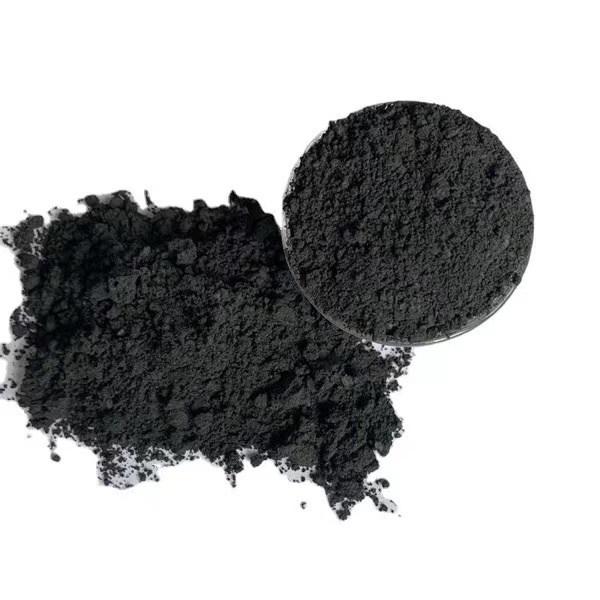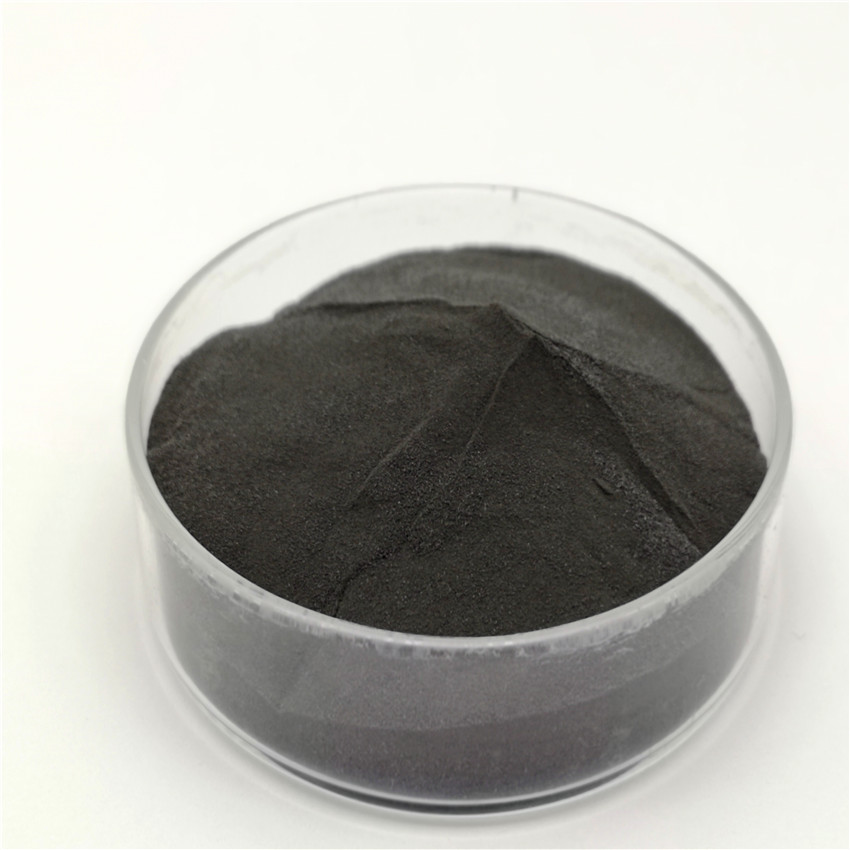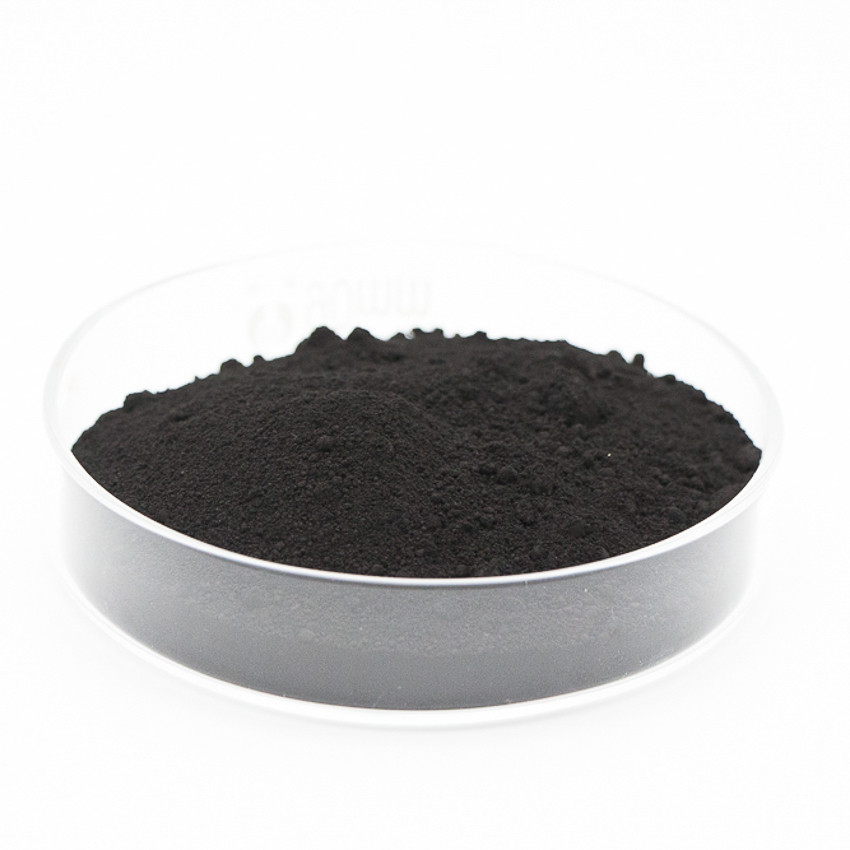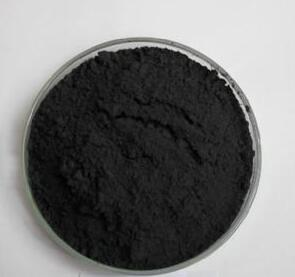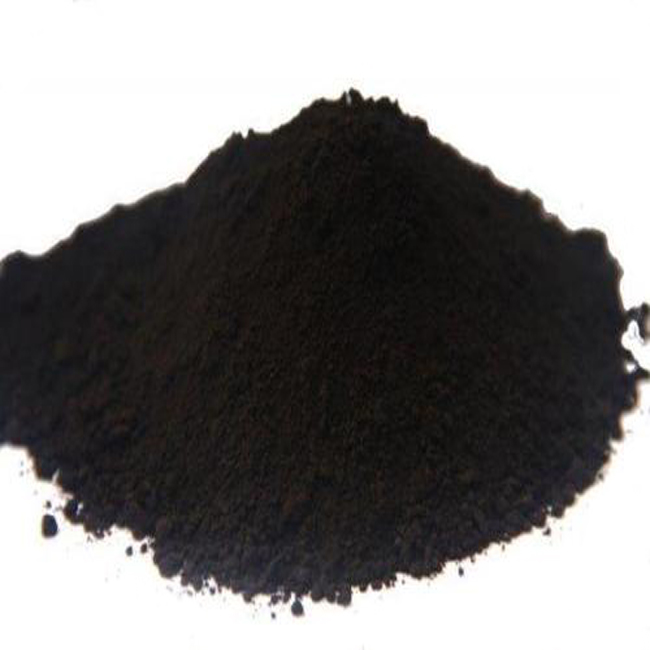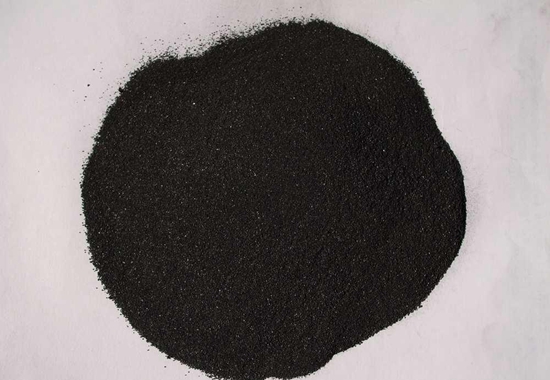The main product categories of graphite
Graphite products are products made from graphite, which is used for various uses. Some of the products are fine-grain graphite, amorphous graphite, synthetic graphite, vibration-molded graphite, and expandable graphite.
Synthetic graphite
Graphite is a versatile material used in a wide range of applications. It can be found in a variety of forms, including amorphous, flake, and spherical. Its unique properties enable it to be used as a corrosion shield, lubricant, pigment, and thermal conductor.
Synthetic graphite is manufactured by processing amorphous carbon at high temperatures. The process typically runs at 2,400-2,600 deg C. In addition, impurities are removed through a scrubbing process. The final product resembles flake graphite. In addition to its thermal conductivity, graphite is also appreciated for its conductive properties. It can be used in a number of applications, including carbon fiber-reinforced plastics, fuel cell bipolar plates, electrodes, and friction materials.
The market for synthetic graphite is expected to expand in the coming years. The growth in the market is attributed to the increase in demand for graphite in many industrial applications. The market will also grow due to the increase in demand for graphite-based electrodes.
Synthetic graphite is produced from the heat treatment of petroleum coke or coal-tar pitch. The process is relatively expensive since it requires significant energy.
Graphite demand will also be boosted by the growth in metallurgy. The global graphite industry is expected to expand at a rate of six percent per year. In addition, the increasing demand for manufactured goods and technologically advanced industries will support growth.
In terms of geography, North America dominates the synthetic graphite market. The region is expected to continue to account for the largest share of the market. In addition, Europe and Asia Pacific are estimated to expand at a significant pace.
In terms of application, the market is expected to grow due to the increase in demand for graphite-based electric arc furnaces and fuel cell bi-polar plates. The growth of the market is also attributed to the increasing demand for smartphones.
Fine-grain graphite
Graphite is an important material used in the manufacturing of electronics. A small amount of graphite is often found between the electrodes of transistors and diodes. It is also used for insulation purposes. Its high density helps it to provide good electrical insulation between electrodes.
Fine-grain graphite is used to reduce the weight of an item. It is also used to make items more environmentally friendly. It is also used to coat metal parts, making them easier to shape.
Graphite is a coal-based material. It is used as the raw material in lithium-ion batteries. It also has conductive properties, which make it useful for many other applications. Graphite is available in many grades, including fine-grain and coarse-grain.
Fine-grain graphite has a low coefficient of friction, which makes it easy to solder. It also inhibits electrochemical corrosion. It is used in the manufacture of seals, crucibles, and work-holding jigs. It is also used as an additive to lead-free solder paste. It is used to make items such as heating elements, fixtures, and electrical brushes. It is also used in the manufacturing of ceramic glazes, enamels, and composite materials.
Graphite can be produced in several different processes, including proprietary and nonproprietary. Graphite produced in a proprietary process has a bulk density of less than 1.5 g/cc. A proprietary process also produces graphite with a CTE of less than 6.0 x 10-6. The CTE is a good parameter to compare graphites, as it helps to determine the type of graphite grade that is most suitable for an application.
China is the largest producer of fine-grain high-density graphite outside of MTCR member countries. It is capable of producing several thousand metric tons of graphite.
Amorphous graphite
Graphite is a mineral that is used in many lubricant products. Its high thermal conductivity makes it a very useful material for the manufacture of brake linings and clutch materials. It also finds applications in industrial products such as pencils and gaskets.
The global amorphous graphite market has experienced a slow growth in demand over the last few years. It is expected to experience a CAGR of 3.9% over the next five years. Increasing investments in e-mobility, particularly in the electric vehicle market, are expected to drive the graphite market. However, declining steel demand in many countries has also impacted the market.
In terms of geography, Asia Pacific has the largest market share. China has been the leading producer of natural graphite for many years, and its industry is expected to consolidate in the coming years. In recent years, the Chinese government has forced many small companies to shift towards environmentally friendly operations. In addition, the rapid industrialization of China has also impacted the market. Nevertheless, the market is expected to grow in the coming years, as the country has a large number of foundries and battery producers.
Several market players have started using strategic acquisitions and partnerships to gain competitive advantages in the market. Several market players are also making R&D investments to develop new solutions for the market.
The global amorphous graphite industry is classified into Iron and Steel, Coating, and Refractory Materials. Of these, Iron and Steel are expected to lead the market through 2028. High ash graphite is a good option for applications with low carbon content. Its exceptional value in engineering solutions is expected to drive the global market for the next five years.
Vibration molded graphite
Graphite is a very versatile material that is used in a wide range of applications. It can be used in a variety of industries such as semiconductors, solar power, military applications, and the foundry industry. The material is commonly used in machining applications.
There are four basic types of synthetic graphite. Depending on the production process, the physical properties of the final product can vary. For instance, Cold Synthetic Graphite has a small particle size and is typically pressed in a cold process. Extruded Synthetic Graphite is larger in particle size and is typically produced in an extrusion process. It has a higher density and electrical conductivity.
Vibration-molded graphite is manufactured in large molds. The material has a homogeneous structure with very little ash content. The material has a low thermal expansion coefficient, high mechanical strength, and good oxidation resistance. It is often used in sintering molds and for manufacturing continuous-casting molds.
The BSK series of fine-grain Vibration Graphite has an exceptionally homogeneous structure. It can be produced in large quantities and is suited for use in a variety of applications. It has almost isotropic properties and is used in large machining parts.
There are many special carbon and graphite materials used in the mechanical industry. These include glass carbon, porous graphite, and pyrolytic carbon. They are used in a variety of applications and can be manufactured to fit specific tribological requirements.
Three types of specialty graphite can be produced by molding. These include VSK Series fine-grain graphite, porous graphite, and pyrolytic graphite. These products are used in a variety of applications, including chemical, metallurgical, and sanitary industries. These materials are produced using various classification methods.
Expandable graphite
Graphite is a type of nanomaterial that has many applications in industry. It is a chemical-resistant material that is used in refractory applications, coatings, and antistatic coatings. In addition, it is used as an active fire retardant in paints and other non-structural polymers.
Graphite is also used for high-temperature sealing materials. These sealing materials are used in the petrochemical, chemical, and metallurgical industries. These sealing materials need to have long-term oxidation resistance and resilience. They are also used in sealing systems for rotary engines. They are also used in the nuclear industry. They are required to have a high-temperature performance, flexibility, and resilience.
Expandable graphite is an excellent thermal and chemical-resistant material. Graphite is also a non-flammable material. It has a high carbon content of 98 percent. It can expand hundreds of times when exposed to high temperatures. This feature makes it an ideal material for sealing systems. In addition, it is halogen-free. It also has high cohesive integrity and can be recompressed into a flexible sheet.
Expandable graphite has been developed for many applications. Some of the traditional applications include seals, gaskets, and coatings. It is also used in sealing systems for rotary engines, chemical plants, and the nuclear industry. In addition, it is used in the roofing and insulation industry. It is also used for antistatic coatings and military smoke.
The manufacturing process of expandable graphite is fast and easy. It is prepared through chemical methods. The main oxidant is potassium permanganate. Other oxidants include nitric acid, mixed acid, and sulfuric acid. It is also possible to prepare expandable graphite with an electrochemical method. Compared with the physical method, the electrochemical method has a high treatment capacity and low equipment cost.


